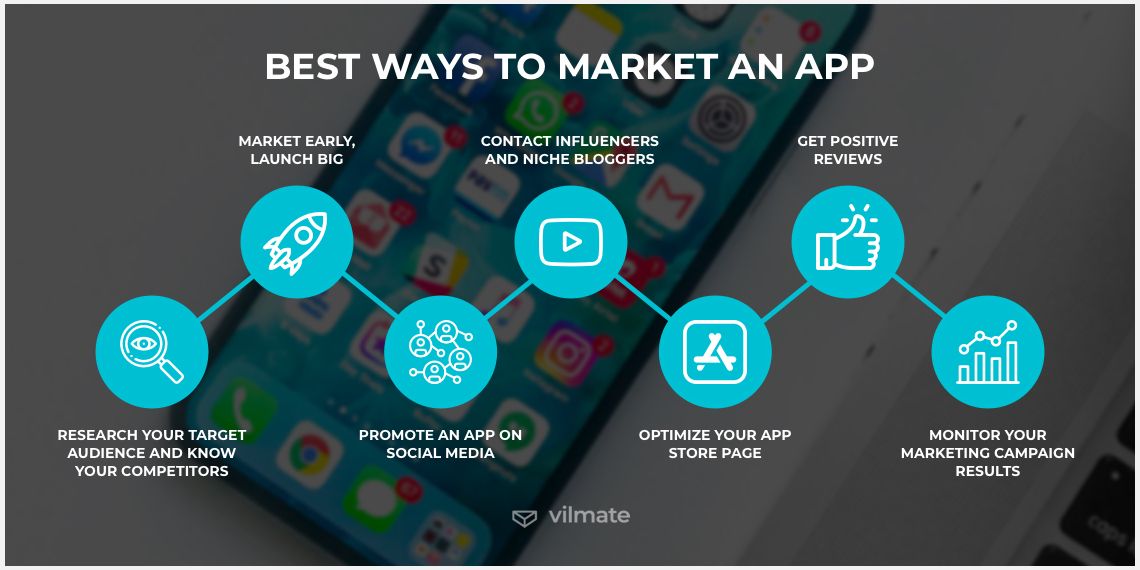How to monetize my app?
How to monetize my app?
The day has finally come, and your app is ready. This magic moment when everything is possible, but still, behind all the confidence, there is just a little bit of doubt. The one that forces you to ask yourself how it will generate revenue when the top charts in App Store and Google Play are occupied by free apps.
Let’s have a look at options that are available, I will describe here solutions to the current market situation, where users are expecting a free app, but you need to recoup your expenses and, of course, gain profit.
Advertising and in-app purchases are the way to make money after you’ve decided to make your app free. However, it takes a lot more than just putting ads or paid premium options; it’s not as simple as that. You need to understand what revenue-generating choices you have, what your market and competitors are exactly, and finally, you need to process this data into the right paid user experience. Then you will be able to choose your app monetization strategy.
What are your app monetization options?
Luckily, there are some when your app is free. In-app purchases and advertising help break the barrier of the price tag. The choice between them is directly connected to the type of your app and users.
In-app purchases
The most common example of this approach can be found in games. The free version of the app offers paid optional features. ‘Too bad! Wanna extra live? Here you go! That will be 0.50$’ – consumables.
The second type of in-app purchases can be found outside the gaming world, e.g. Apple Music. Once you’ve paid and used that purchase, it will remain available to use.
Let’s not forget about ‘freemium‘ – a free app with paid components, such as new features. There are a couple of ways to approach freemium apps, such as: reducing features or allowing all the features initially and then blocking them.
In-app advertising
Here revenue is generated based on traditional advertising models. Size, placement and positions vary. Ads pay differently for impressions, click-throughs, the country that the user is from and the format. Dynamic tend to be more attractive.
User growth is the key
Really, whatever you choose from the options described above, this is what matters: there is only a handful of users that will ever help you generate revenue from your app. Grow a large active user base, and it will turn this handful into significant revenue.
There are some handy metrics which you should get familiar with and use. Without them, it will be a struggle to make your minority of users generate actual revenue.
Who are your users, and what is the market?
Good, old-fashioned research. Examine your competitors, you won’t get exact numbers, but you will be able to identify their strategies. Once you’ve familiarized yourself with their apps, you can ask crucial questions – what are they missing? And this is when you strike hard. You can adjust your monetization strategy or even more: turn your app into a better product.
Users, though, are much more important than your competitors. Because a handful of users will ever pay for something in your app or tap an ad, it’s absolutely fundamental to know what triggers it. Tendencies and demographics will come to her rescue. Note that it’s risky with in-app purchases – you need to find a balance between the value from your free app and your desire for paid extras.
Less is more
Mobile users know what they want; they are sophisticated. Be intrusive with ads, and they will find something else, more elegant. To actually generate some revenue, your app needs to give them value first.
The advertising strategy will depend on the purpose of your app and your audience.

The key is to make your users feel like ads are a natural part of the app. Hence the placement and timing should be properly adjusted. By that, I mean ad during loading of next level/video rather than in the middle of it; we’ve all been there.
It’s also important that your in-app purchases are intuitive, quick, and in harmony with the user experience.
Conclusion
Define your business goals, the purpose of your app, your users and your market – then you can choose a monetization strategy for your app. Keep an eye on metrics, and track data. Once you’ve gathered some of it and your assumptions were proven to be correct, try to innovate. Adjust and adapt, and you will be able to find the perfect monetization strategy for your app.
Have an idea for a web or mobile app but don’t know where to start?
Let’s talk.

July 03, 2018 / Posted by:
You May Also Like